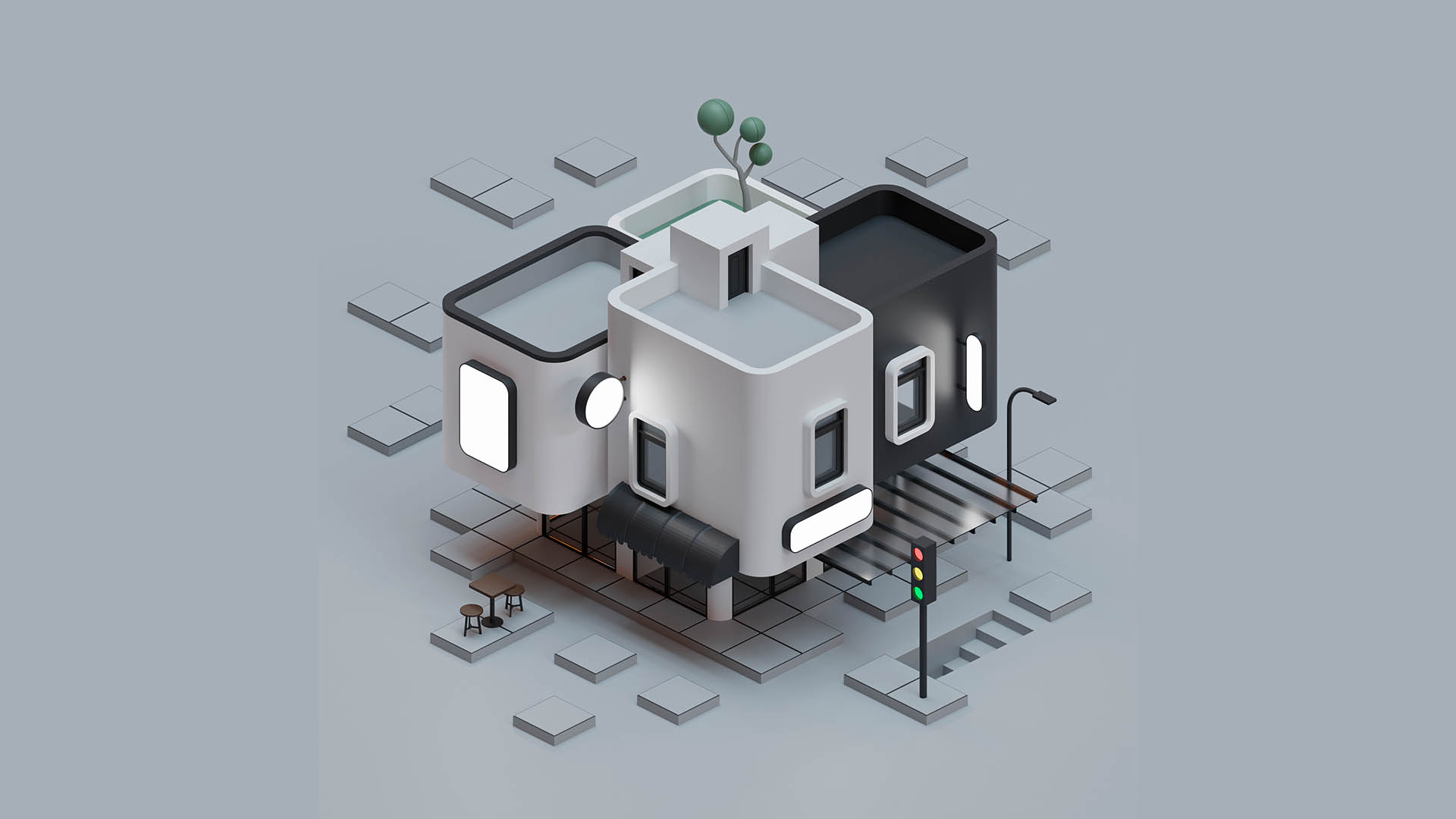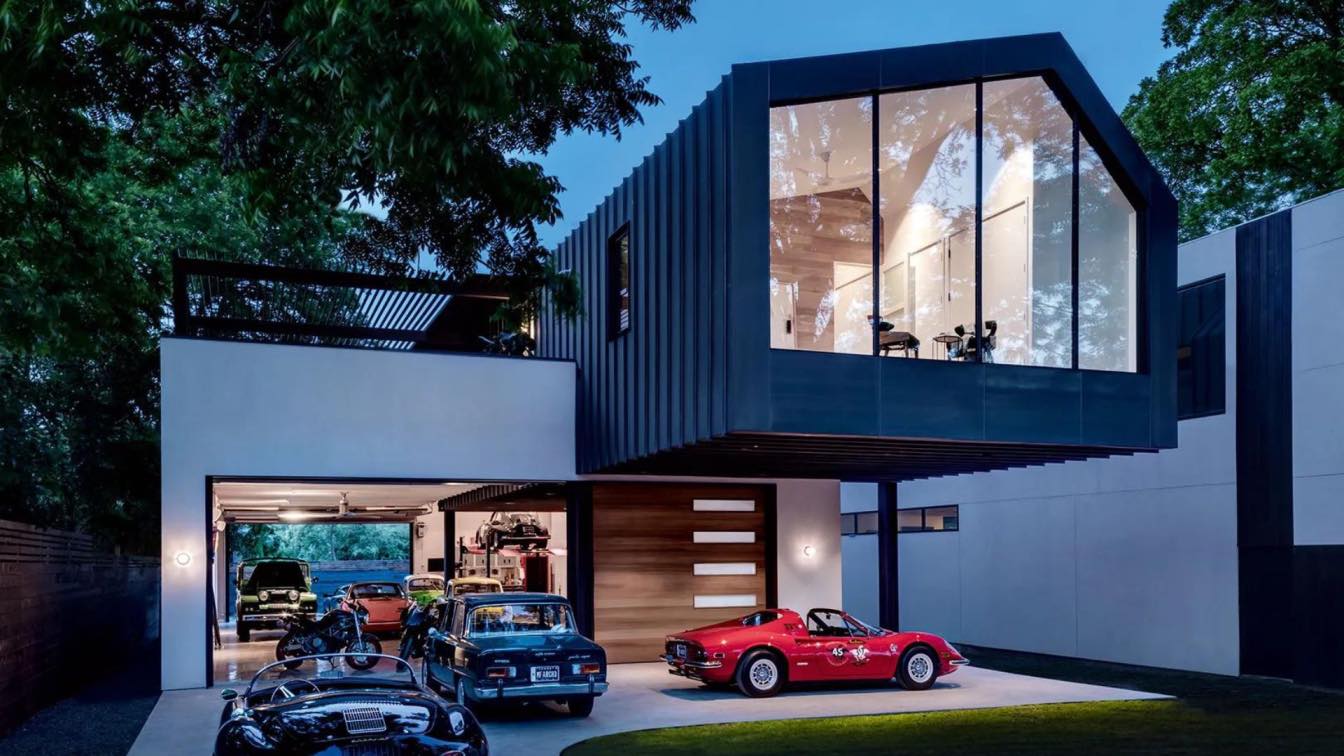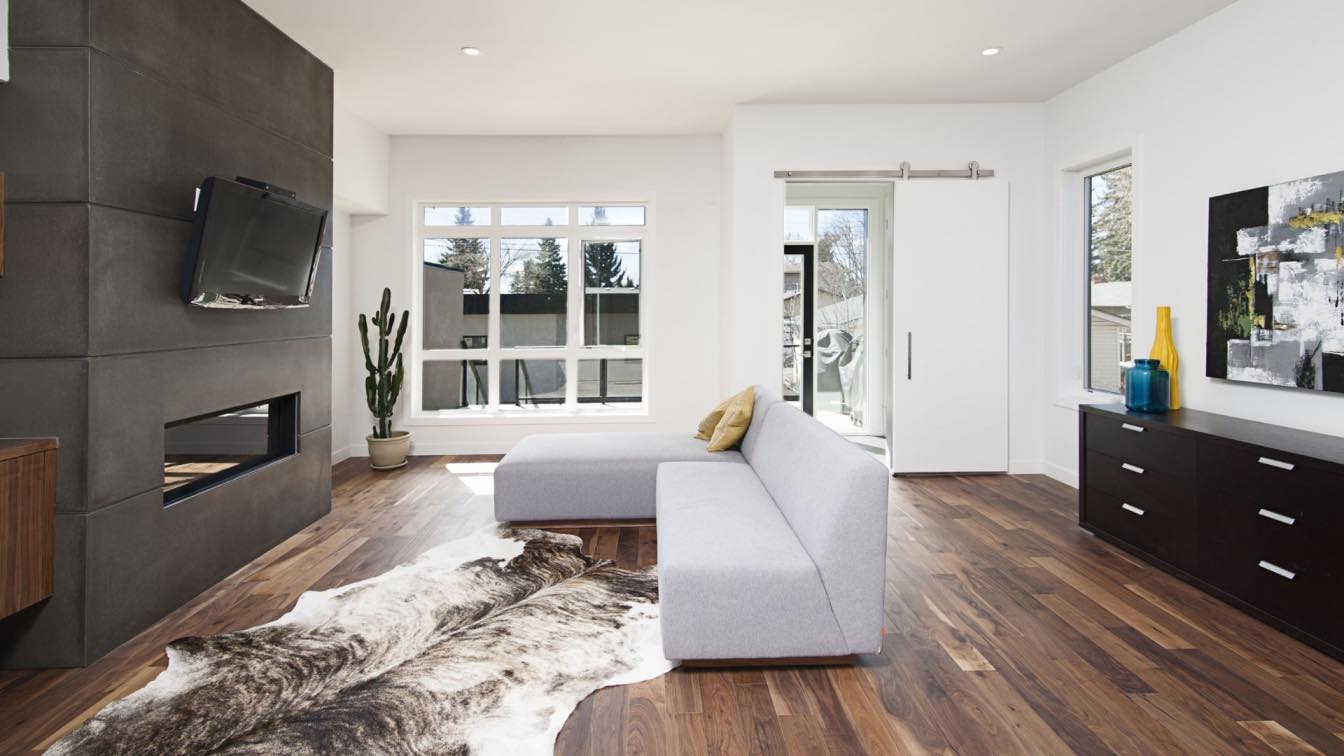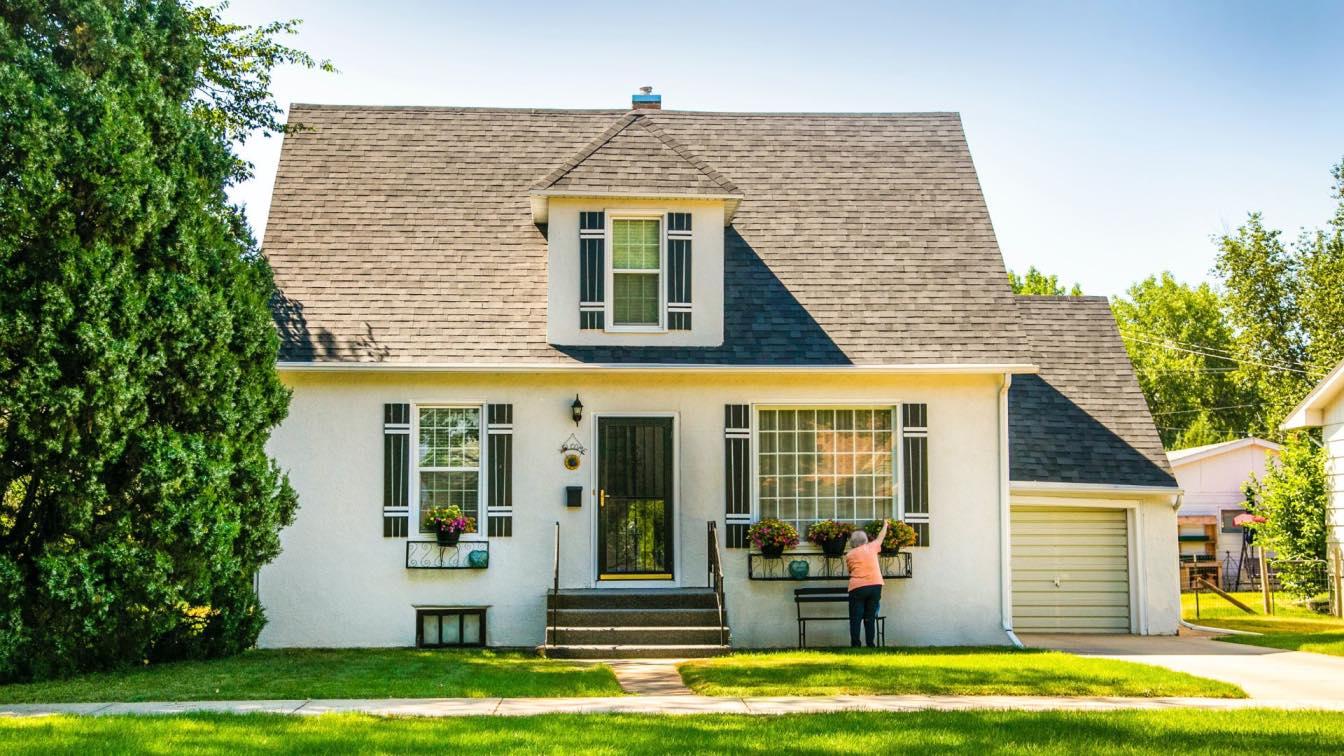As the cost of construction materials increases, developers and builders are trying to find ways to address the housing shortage. One solution would be 3D printing. This tech provides a quicker and cheaper construction phase, with the potential of using recycled materials. With the construction sector being slow to adopt change, a radical shift that involves using 3D-printing machines seems very unlikely.
Prefabricated Housing offers A Compelling Solution
Prefabricated housing provides the benefits that 3D-printing advancements have to offer while leveraging construction labour and machinery. If off-site printing is utilised then there is no need to transport bulky machinery to the construction site either. Everything can be printed and created in a controlled environment, transported and then built on-site. Modular kits are already being made and are so far, attracting significant investment.
Extensive research has been done and it’s said that the main benefit of 3D printing is that it could help to speed up the amount of time that it takes to build a house. It could also reduce costs while using less decarbonised materials. According to studies, it’s possible that 3D printing could cut construction costs by up to 35%. This technology uses a myriad of material explorations and it highlights the use of recycled and local materials. Tech firms, including ICON, have been doing a lot of research into this area and they have found that, when working on projects across Austin, low-carbon alternatives can be embraced. Aesthetic possibilities are endless and user customisation could be increased.
Selling-on will work in the same way as a sale would for a normal home, meaning it is an easy way to integrate them within the housing market. Modular homes can be sold through traditional or online estate agents, and have access to the same services. This can include instant valuations, cash buyer offers and arranged viewings.
The Challenges of 3D-Printed Homes
Even though 3D-printed homes are exciting, on-site printing technology faces a great deal of challenges. This implements a wide scale, unlikely in the near future. There are questions about the quality of the materials that are being extruded on-site and you also have site constraints regarding the machinery that is needed. It would also take quite a long time for construction workers to get the training they need to work with 3D printing technology. A lot of these issues can be resolved by simply investing in the concept, and when you break down the benefits, it’s not hard to see why it could be worthwhile
Is Immediate Adoption Possible?
Off-site printing for modular homes could be a possibility, sooner rather than later. When you move the concept of 3D printing from the construction site to a facility, it’s possible to print housing kits. This ensures that quality build elements are maintained and that waste is reduced significantly. You also have a less costly production overall. Prefabricated 3D-printed homes can be very cost-efficient when compared to 3D printing and they also work way better when it comes to crowded urban environments. If you look at Manufacturing Solutions, you will notice that they have numerous 3D-printed projects in India, where the homes are made in pieces within their studio and then simply transported to the site.
Mighty Buildings are based in San Francisco and they are specialists in the prefab field. They make pre-built kits for residential structures and their kit plants can be customised to meet any requirements. They are assembled on-site and this helps to cut construction time in half. They have 3D panels that can be adjusted to meet any changes and according to an interview they did with TechCrunch, their composite material contains 60% recycled glass.
They then cure the material by using UV light. The end product has flexural and tensile strength that is equal to five times that of concrete. It also weighs 30% less overall. The great thing about kits such as this is that they can be assembled on-site and they can be done so by using standard construction machinery. No specialist training is needed regarding labour either, making it a prime solution for immediate adoption. When the concept was conceived in 2017, the aim was to sell to consumers directly, and they intended to sell ADUs as well. Now, however, it’s possible to do this on a much bigger scale. The company aims to instead, build entire communities so that the benefits are even more prominent.
With so many benefits, it’s safe to say that this kind of construction is really taking off and it is opening the doors to so many other new possibilities. If the obstacles regarding on-site construction can be solved, this could easily lead to a new form of construction that’s not only eco-friendly but more affordable overall.





